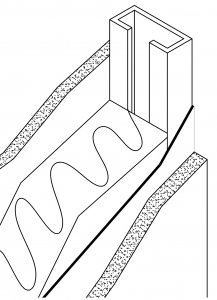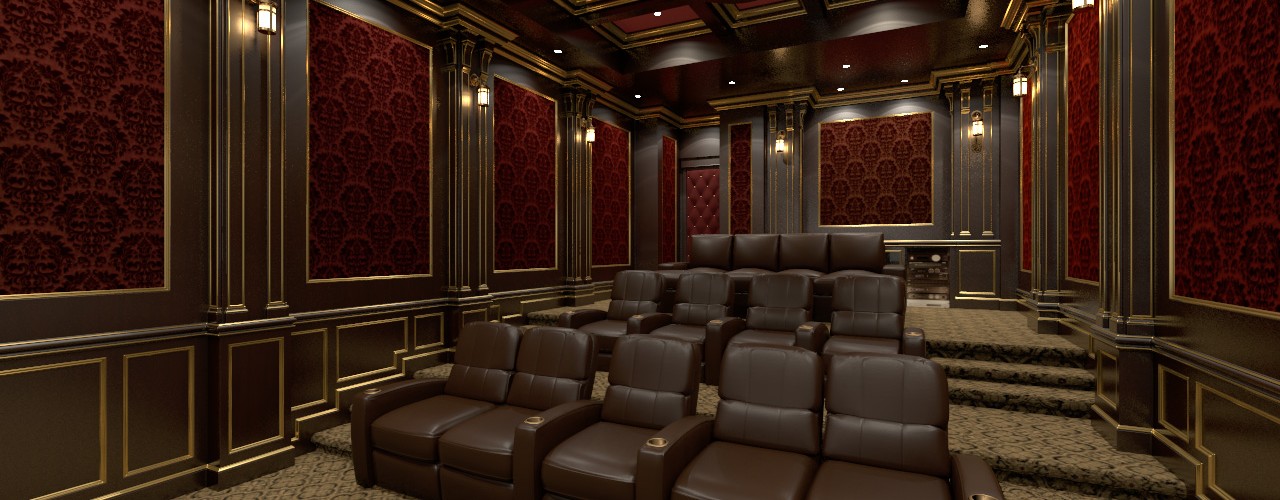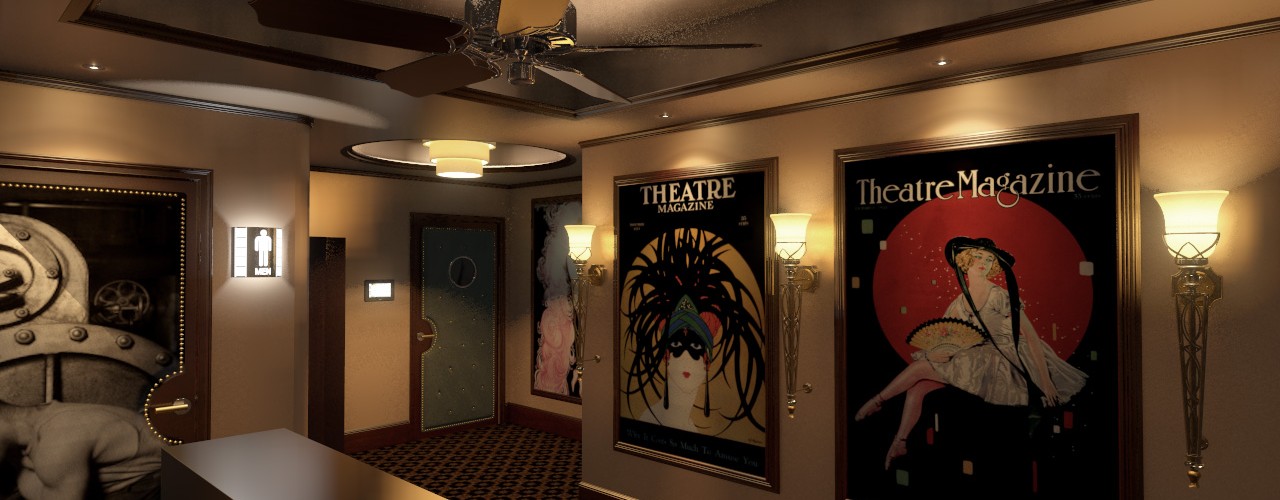
 Sound abatement consist of installing a material that when placed around a source of noise inhibits the transmission of that noise beyond the barrier. For example, a poor acoustical environment can be a barrier to good listening and especially for persons with a hearing impairment. At CDGi our engineers are experts of “tuning” a room and creating a room with a room.
Sound abatement consist of installing a material that when placed around a source of noise inhibits the transmission of that noise beyond the barrier. For example, a poor acoustical environment can be a barrier to good listening and especially for persons with a hearing impairment. At CDGi our engineers are experts of “tuning” a room and creating a room with a room.
Creating “A Room Within A Room” and is one method of isolating sound and stopping it from transmitting to the outside world where it may be undesirable. Most sound transfer from a room to the outside occurs through mechanical means. The vibration passes directly through the brick, woodwork and other solid structural elements. When it meets with an element such as a wall, ceiling, or floor, which acts as a sounding board – the vibration is amplified and heard in the second space.
The use of acoustic panels and other absorbent products are not that usefull against this transmitted vibration. CDGi engineers a theater to break the connection between the room that contains the noise source and the Baby’s room on the other side of the wall. This is called acoustic de-coupling. Ideal de-coupling involves eliminating vibration transfer in both solid materials and in the air, so air-flow into the theater is often controlled.





